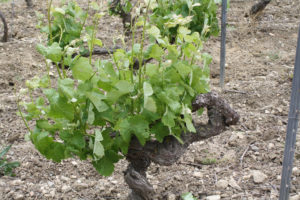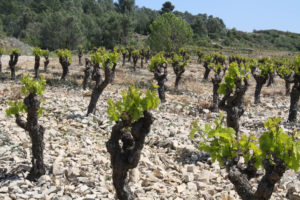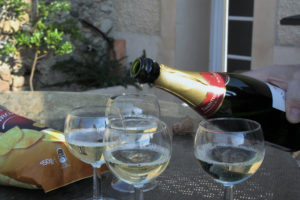
The first documentation of using the Champagne method to make sparkling wine appeared in the 1600s, and many of today’s most well-known Champagne houses, including Taittinger, Moët & Chandon, and Ruinart, were founded in the 1700s.
The Champagne appellation was formally created in 1936. Major houses launched marketing campaigns in the United States that portrayed Champagne as the ultimate luxury beverage for celebrations and aperitif-style sipping. Today, many Americans use the word Champagne to mean any and all sparkling wines.

Because of a combination of place, soils, grapes, and the Champagne process, Champagne is one of the most unique beverages in the world. Vintages vary dramatically due to the region’s marginal climate. For example, the differences between Champagne’s 61 Grand and Premier Cru villages are vast. Specific vineyards within those villages have unique terroirs, some of which are small, even tiny, parcels with completely different soils and aspects than those just next door.
Champagne has just three key grape varieties, with seven permitted in total. In addition, decisions about viticulture, aging, and blending create a huge variety of finished wines to study and dissect. Think of blanc de blanc, blanc de noir, rose, cuvee…

This diversity is one of the reasons why a Champagne-only pairing menu can emphasize the wine’s overall food-friendliness. With a combination of refreshing acidity and palate-cleansing bubbles, Champagne pairs with foods ranging from raw oysters to fried chicken, and everything in between. Those bubbles are not only lively to look at and refreshing to drink, but they offer you a drink relatively low in alcohol and fairly high in acidity.